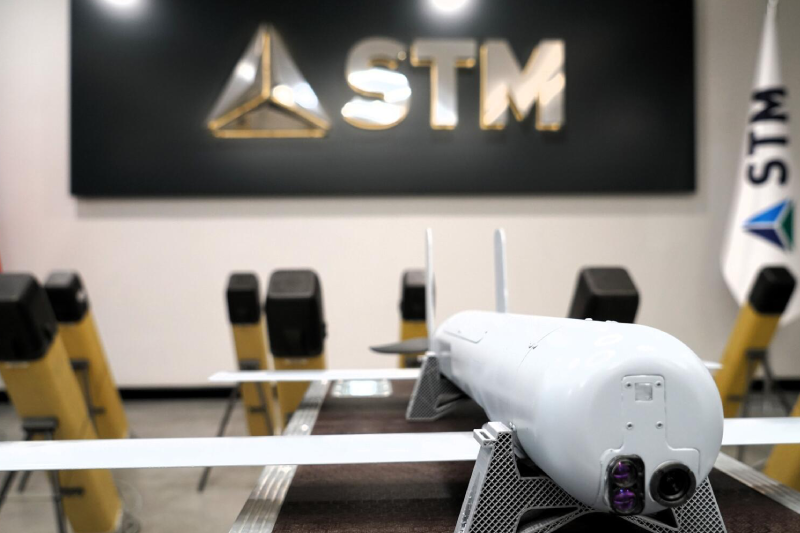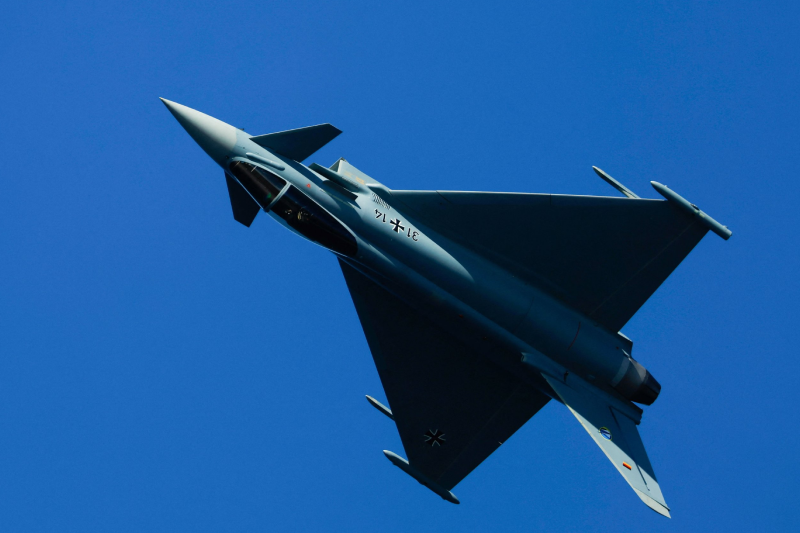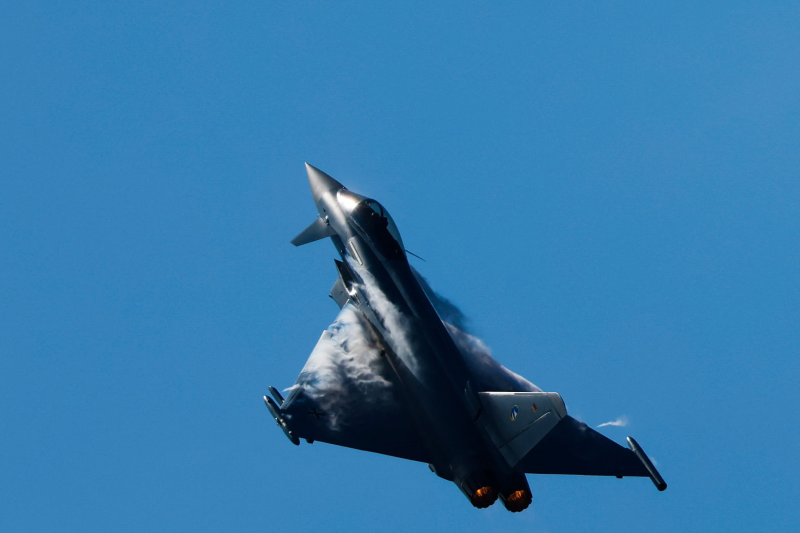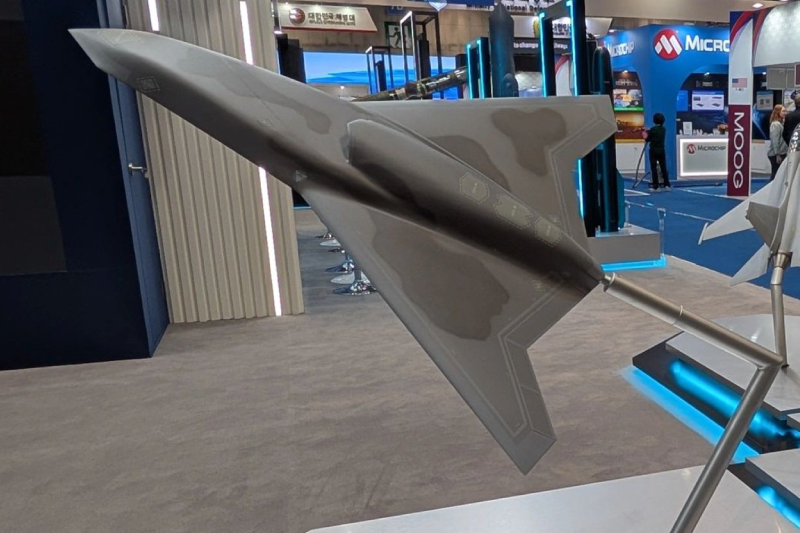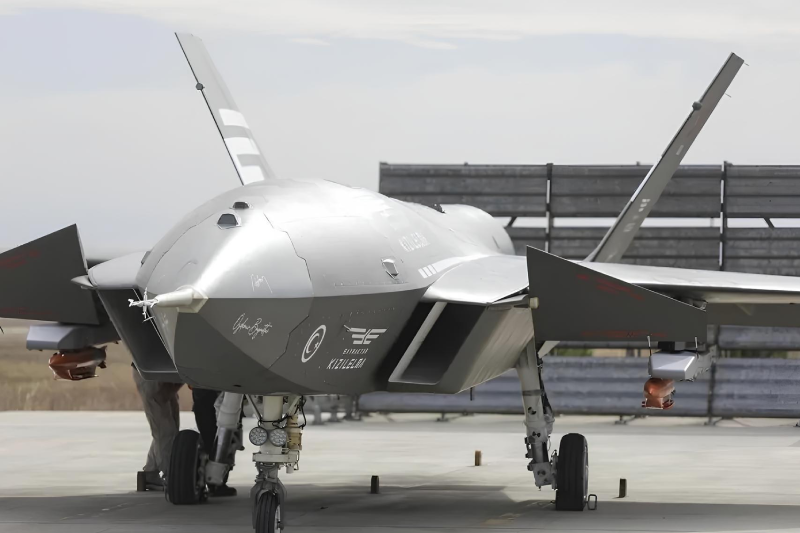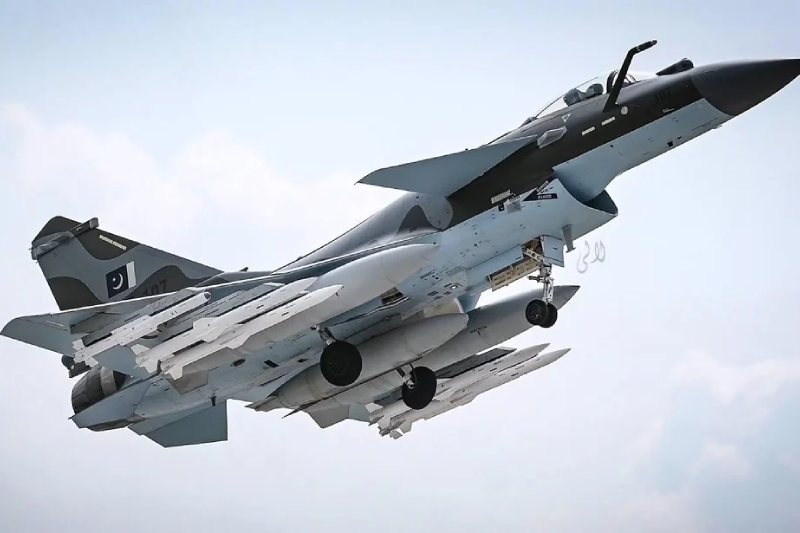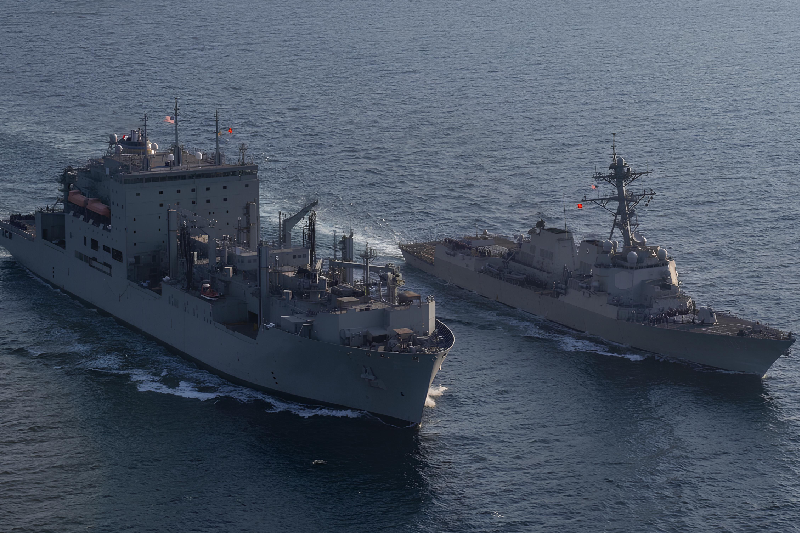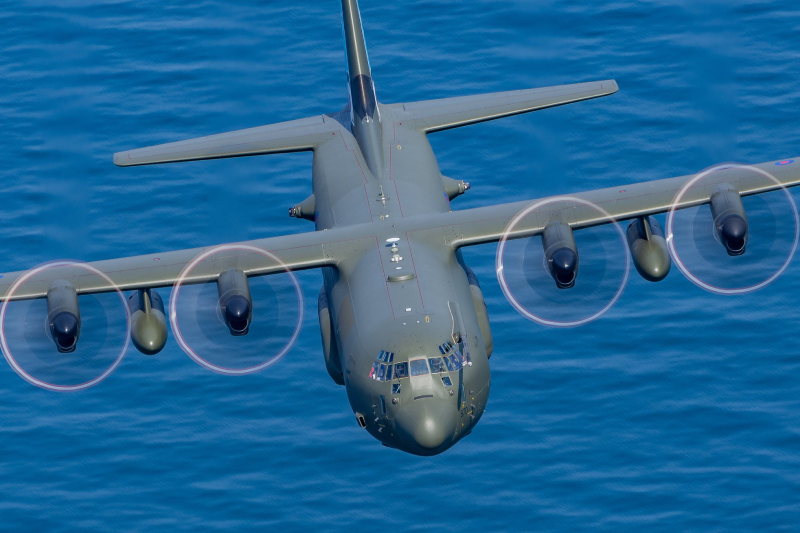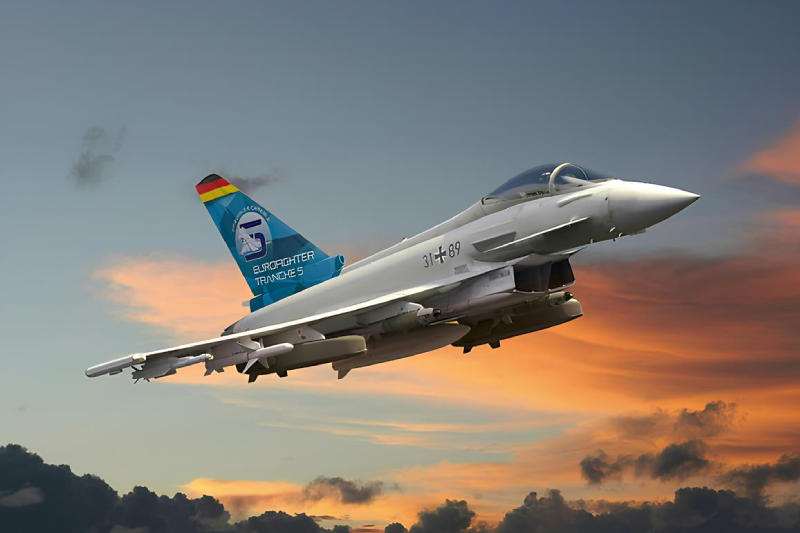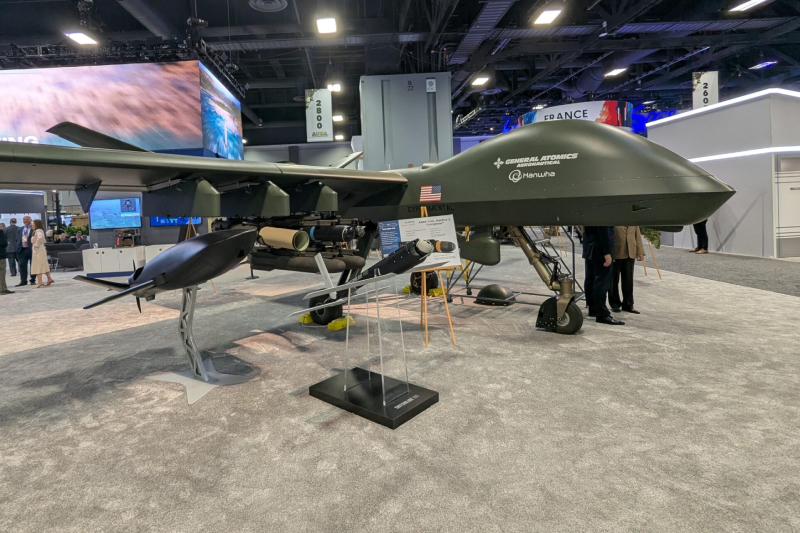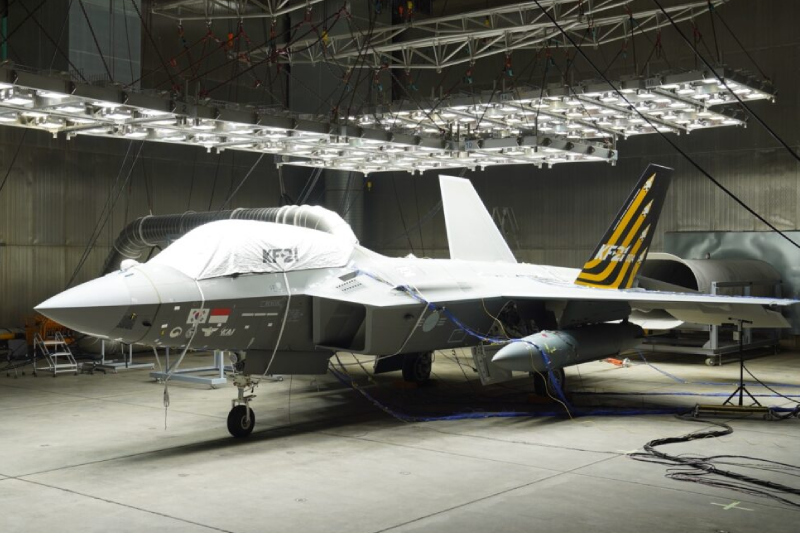South Korea Upgrading KF-21 To 5th-Gen Stealth Jet
South Korea has announced ambitious plans to transform its domestically built KF-21 Boramae into a full fifth-generation stealth fighter, marking a significant milestone in the nation’s aerospace development capabilities. The comprehensive KF-21 stealth fighter upgrade program encompasses sweeping enhancements including internal weapons bays, advanced radar-evading materials, and an entirely indigenous next-generation engine that will position South Korea among elite stealth aircraft manufacturers worldwide.
Comprehensive Block III Development Strategy
Korea Aerospace Industries (KAI) is finalizing Block I development while simultaneously initiating Block II and conceptual Block III upgrades that will fundamentally transform the KF-21’s capabilities. The Block III version represents the most ambitious phase, moving beyond the aircraft’s current limited stealth configuration to incorporate internal missile and sensor housing systems similar to the proven US F-35 Lightning II design architecture.
Substantial Government Investment in Stealth Technology
South Korea’s 2026 defense budget proposal allocates unprecedented funding levels to support long-term stealth development initiatives. The government has earmarked ₩86 billion ($62 million) specifically for indigenous advanced jet engine development, complemented by an additional ₩630 billion ($453 million) dedicated to stealth-related sensor technologies and advanced radar-absorbing materials that will define next-generation fighter capabilities.
Indigenous Engine Development Initiative
The ambitious engine development program aims to replace the current US supplied GE F414-GE-400K turbofan with a completely domestic solution. Hanwha Aerospace and Doosan Enerbility are spearheading development of a new 16,000-pound-thrust-class turbofan engine, with a scaled-down 5,500-pound demonstrator scheduled to begin comprehensive testing by year’s end, ensuring technological sovereignty in critical propulsion systems.
Advanced Internal Weapons Configuration
The Block III configuration will feature fully internal weapons bays capable of carrying four Meteor air-to-air missiles or precision-guided bombs, dramatically reducing radar cross-section while maintaining lethal combat effectiveness. This internal weapons housing system will be complemented by embedded electronic warfare systems and a redesigned internal optical targeting suite, replacing current external pods that compromise stealth characteristics.
Next-Generation Missile Development Program
Beyond airframe modifications, the Ministry of National Defense is developing a long-range air-to-air missile comparable to the European Meteor system. This indigenous missile will feature advanced ducted ramjet propulsion technology, enabling extended operational range and sustained terminal phase acceleration capabilities that exceed current US-made AIM-120 AMRAAM performance specifications, particularly during critical engagement phases.
Unmanned Wingman Integration Capabilities
The upgraded KF-21 will incorporate sophisticated unmanned wingman integration through high-speed, high-capacity datalink systems enabling coordinated autonomous drone swarm operations. In contested airspace environments, these unmanned systems can serve as decoys against enemy defenses or conduct independent strike missions, allowing manned fighters to maintain safer standoff distances while directing combat operations.
Defense Self-Sufficiency Strategic Goals
South Korea’s comprehensive development strategy reflects growing emphasis on defense industry self-sufficiency and technological independence. The Defense Acquisition Program Administration (DAPA) and KAI are prioritizing complete engine localization to eliminate future supply chain vulnerabilities while building domestic expertise in critical aerospace technologies that ensure operational independence.
Ambitious Timeline and Development Phases
KAI plans to complete Block I development by late 2026, followed by expanded air-to-ground capability testing leading into Block II implementation. The ministry has allocated ₩7.5 trillion ($5.4 billion) through 2033 specifically for advanced air-to-air missile development, demonstrating long-term commitment to achieving technological superiority in aerial combat systems.
Technical Challenges and Risk Assessment
The transformation program faces significant technological challenges, as developing ducted ramjet-powered missiles and modern stealth jet engines involves substantial risk and typically requires decades to achieve operational maturity. The European Meteor missile program required over 25 years to reach operational status despite multinational collaboration among experienced defense contractors, highlighting potential development complexities.
International Competitiveness and Export Potential
By achieving full stealth capabilities, South Korea seeks to strengthen national airpower while building a competitive aerospace industry capable of exporting next-generation fighter aircraft internationally. This approach mirrors Turkey’s strategy with its KAAN stealth jet program, positioning both nations as emerging leaders in advanced fighter aircraft development and global defense technology exports.
Strategic Military Modernization Impact
The KF-21 stealth upgrade represents more than technological advancement it embodies South Korea’s strategic military modernization vision for future aerial warfare. The program addresses contemporary tactical requirements while preparing for future combat scenarios involving unmanned teaming operations and long-range precision warfare capabilities that define modern air superiority missions.
Innovation Through Domestic Expertise
South Korea’s extensive experience in drone development and turbofan technology, combined with potential international partnership opportunities, may help mitigate development risks associated with such ambitious technological undertakings. However, defense industry observers caution that significant delays and cost overruns remain possible given the program’s complexity and scope.
Also read this: ASELSAN Showcases KORKUT 100/25 SB at DSEI 2025
Future of Korean Aerospace Industry
If development proceeds according to current timelines, the KF-21 Block III could represent a historic milestone as South Korea’s first fully indigenous stealth fighter aircraft. This achievement would bridge current tactical aviation needs with future warfare requirements, establishing South Korea as a major player in global advanced fighter aircraft development and manufacturing.
The KF-21 stealth fighter upgrade program represents South Korea’s ambitious vision for achieving aerospace technological independence while building world-class military capabilities. Through comprehensive development of stealth technologies, indigenous engine systems, and advanced weapons integration, this program positions South Korea at the forefront of fifth-generation fighter aircraft development, ensuring national security while creating opportunities for international defense technology leadership.
Keep connected with us at Facebook, Twitter, YouTube, Instagram & TikTok for latest defense happening around the globe.
Discover more from International Defence Analysis
Subscribe to get the latest posts sent to your email.


